The Small Faces: history of creation, success and break-up
Содержание
The new music wave bands of the early and mid-60s often underwent a variety of modifications throughout their entire career. As well as creating completely new sounds, the bands faced low royalties, creative differences and other turmoil that eventually led to the collapse of their careers. The same fate befell the Brit-pop band The Small Faces.
The article will talk about the history of the band's formation, their musical successes и popularity among young people, as well as the disintegration and subsequent reunions.
Beginning of the journey and belief in a bright future
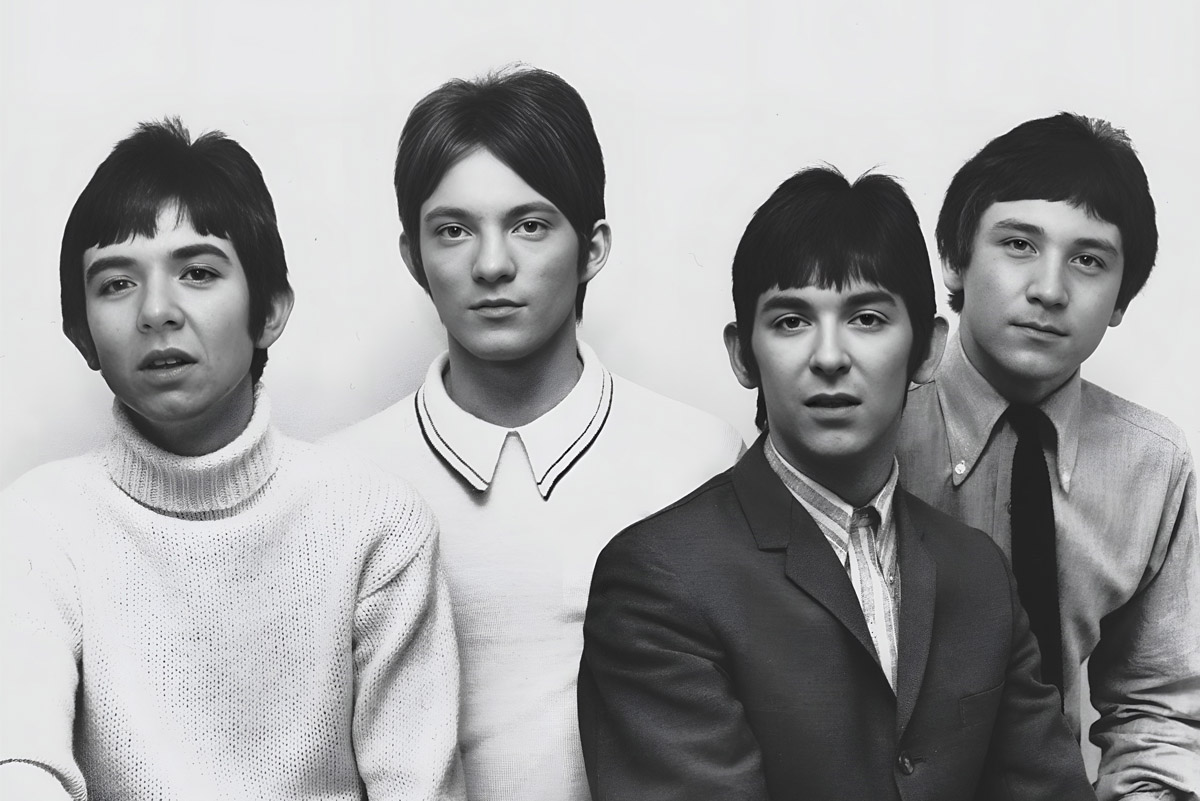
The founders of The Small Faces Ronnie Lane и Steve Marriott met when Lane went to buy a bass guitar in a music shop where the future lead singer of The Faces worked. Afterwards the guys met to listen to records together and to think about forming a band, and later their acquaintances were invited to join the band they created Kenny Jones и Jimmy Winston.
The name of the newly formed quartet had a connection to the very participants"face" was called fashionable people, leaders of the youth movement of "mods" to which the group was directly related; "small" was included in the name because of its connection to the appearance of the participants: they were all small in stature.
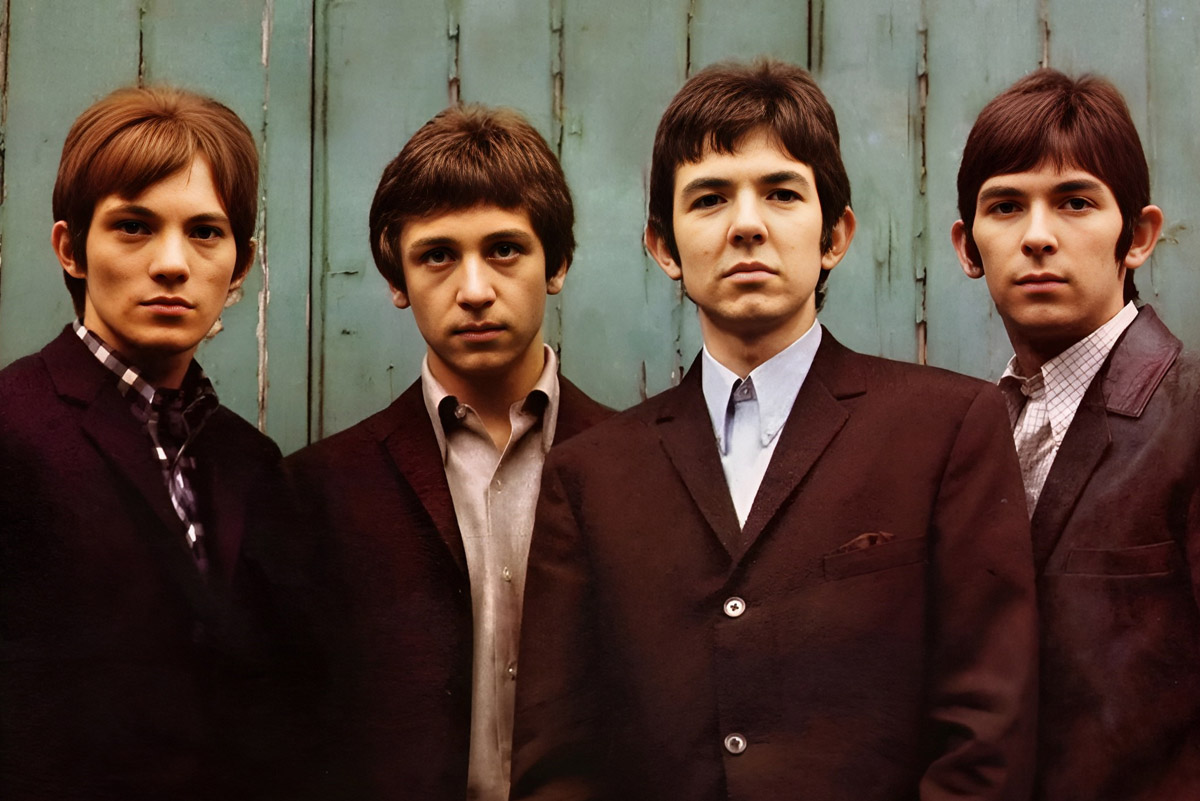
The Small Faces' first gigs were in pubs and clubs. Most of their repertoire was covers on well-known rhythm and blues compositions, but occasionally songs written by Marriott and Lane were performed. Their debut a gig in a Sheffield pub was not a success, and the depressed musicians went into another bar with an offer of a free of charge to play for the visitors. The musical style of the guys so impressed the listeners that they demanded a continuation. At the same time, the band found their manager Don Ardenwho signed The Small Faces to Decca Records.
The success and reputation of leaders in the fashion movement
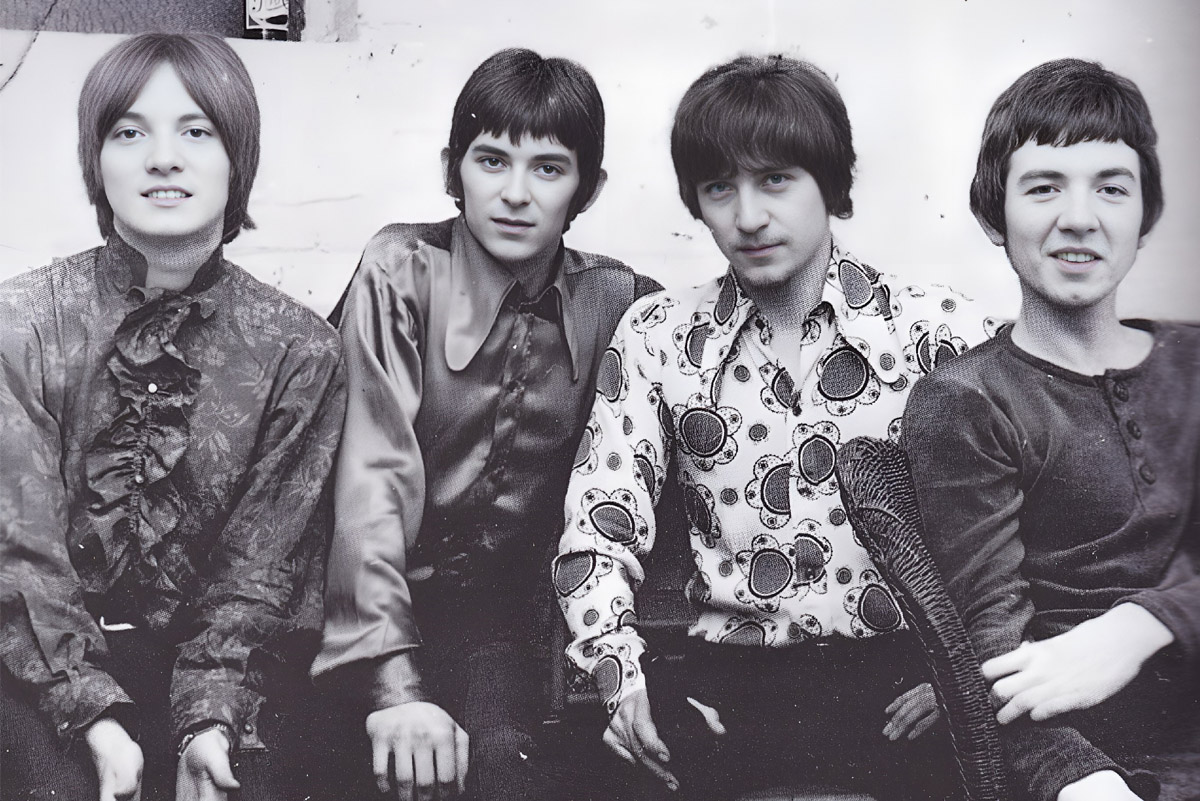
"Whatcha Gonna Do About It" became. first The band's single, which reached the top 20 in the UK charts immediately after its release. The band failed to repeat the success with their next track "I've Got Mine", as it was performed by The Faces in the film "Dateline Diamonds", which never made it to the screens in time. This affected sales and auditions, although critics gave the song high praise.
Winston later left the band and was replaced by Ian McLaghan. With him, the band released the composition "Sha-La-La-La-La-Lee", which reached the top charts, and then in 1966 came out debut album "Small Faces", which received good reviews. The band's popularity was fuelled by appearances on famous TV shows, and by the time they released their fifth single, "All or Nothing", the band had already been extremely popular in their homeland. Arden, who had led the guys to success, was soon fired as manager for not paying the band the proper royalties.
Popularity beyond The band's second LP, named after the band, was released in England by Andrew Oldham's Immediate label. Later, the big hit was the 1967 single "Itchycoo Park", which reached number three on the UK top chart. It featured the first use flanking - playing the same master tapes at different tempos at the same time.
Finally, the band achieves success in the US with their first album, released in 1968 under a different name - the "There Are But Four Small Faces". Some changes were made to the track list of the record. This was followed by the release of a successful single "Lazy Sunday."The song was released by a recording studio without the musicians' approval. Despite this, the song reached number two in the UK charts.
The success of The Small Faces caught up with the third record as well "Ogdens' Nut Gone Flake."The album stayed at the top of the charts for 6 weeks. Critics defined this album as a classic for the band. The band was experiencing difficulties with performing songs from this album at concerts: the musicians wrote technically complex compositions that could be repeated outside the studio. impossibly.
What led to the breakup?
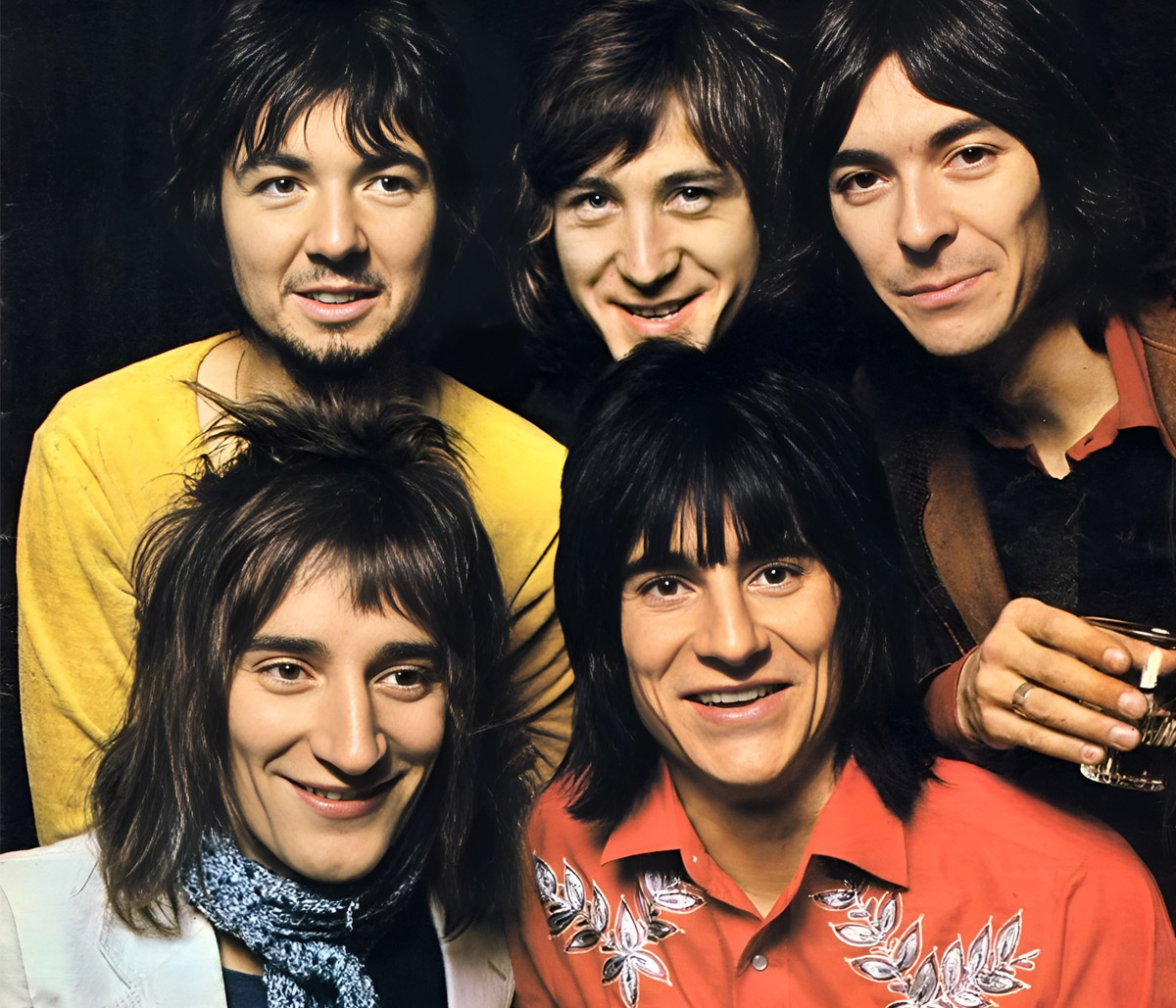
Relationships within the group by the late '60s began to heat up. The musicians constantly argued about the style and direction of the songs, the authorship and the contribution of each member to the development of the group. Vocalist Steve Marriott eventually became a increase their importance and take a stand leaderThe musician officially left the band on New Year's Eve 1969, leaving the stage during one of the concerts with the words: "I've had enough! Officially, the musician left the band on the eve of the new year 1969, leaving the stage during one of the concerts with the words: "I've had enough!
He was weighed down by the stigma of being a pop group, as well as the absence His mates' aspirations for the development of music. "The Autumn Stone" became last album by the band; it included a rare live recording of the band and tracks intended for the fourth album.
From 1970 to 1975, the group existed with new members: guitarist Ronnie Wood and vocalist Rod Stewart. At the same time it was decided to rename the band to FacesDespite the insistence of the label management and the desire to continue the success of the band under the old name. The Faces lasted briefly: in '73 Ronnie Lane withdrew, and in '75 Wood and Stewart left; after that the band was completely dissolved.
Attempts to revive The Small Faces were made in 1975 when their hit song "Itchycoo Park" was released again hit the top of the charts. However, the band failed to create something different: Lane refused to co-operate immediately after the first quarrel between the musicians, but the rest of the members decided to carry on without it. Guitarist Rick Wills, who joined the band, was present on two new albums, "Playmates" and "78 in the Shade". A new breakup of The Small Faces occurred in 1978, as their fresh recordings had been failures in every way.
Influence and legacy
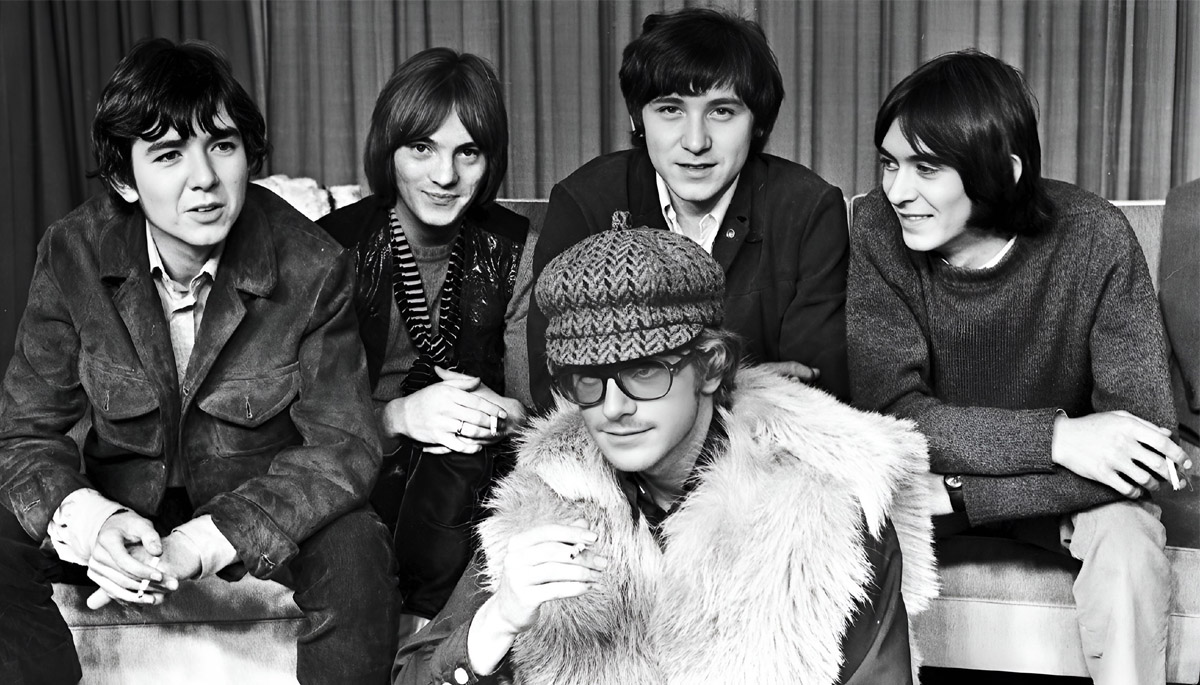
On a par with The Rolling Stones, The Who and The Kinks, The Small Faces had a legendary impact. great influence on subsequent hard rock stars. Steve Marriott's vocals became example for Led Zeppelin lead singer Robert Plant and Paul Weller, frontman of The Jam.
Ronnie Lane has contributed his contribution not only in the work of The Small Faces, but also in the works of famous virtuoso guitarists. After leaving the band, Lehane took part in the recording of tracks Pete Townsend и Eric Clapton.
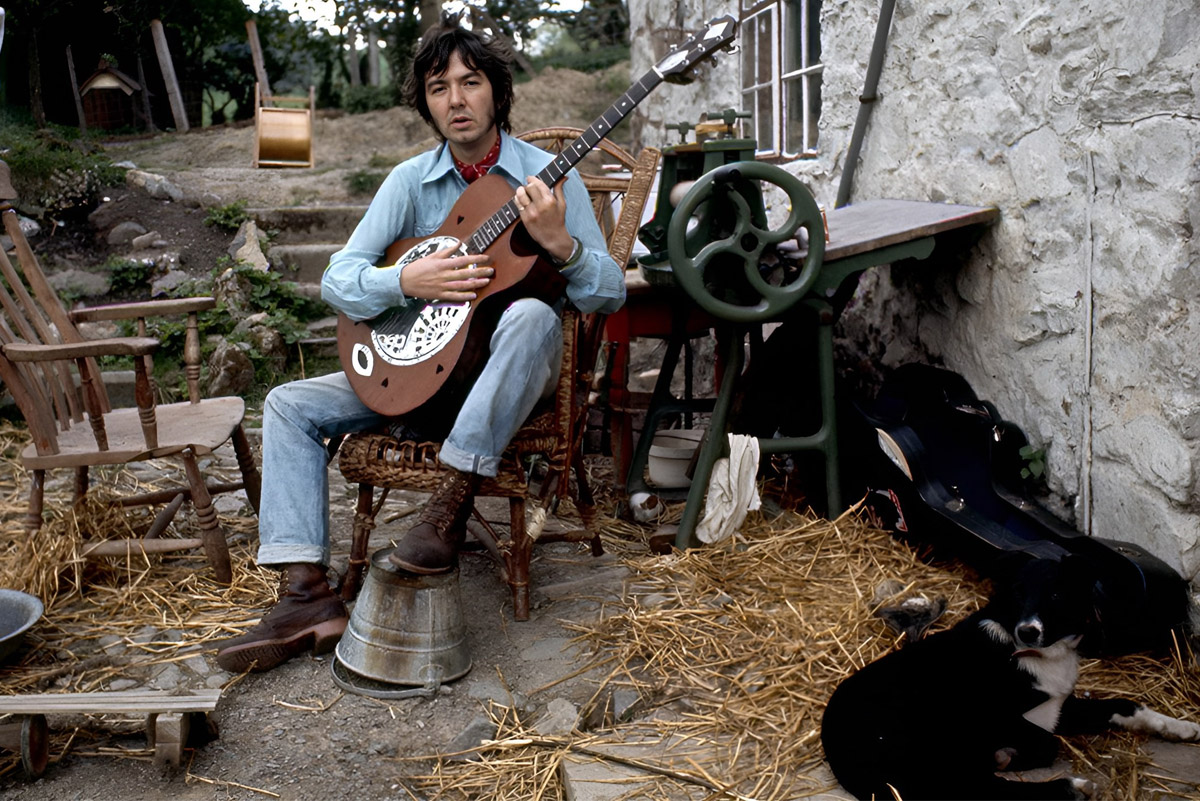
Keyboardist Ian McLaglen has long recorded as a sessional musician. At various periods he has collaborated with The Rolling Stones, Bob Dylan, Jackson Browne and others.
The Faces' ex-drummer Kenny Jones joined the The Who and spent almost ten years with the band. In spite of this, he also participated in the recording of various musiciansRod Stewart, Paul McCartney and Chuck Berry.
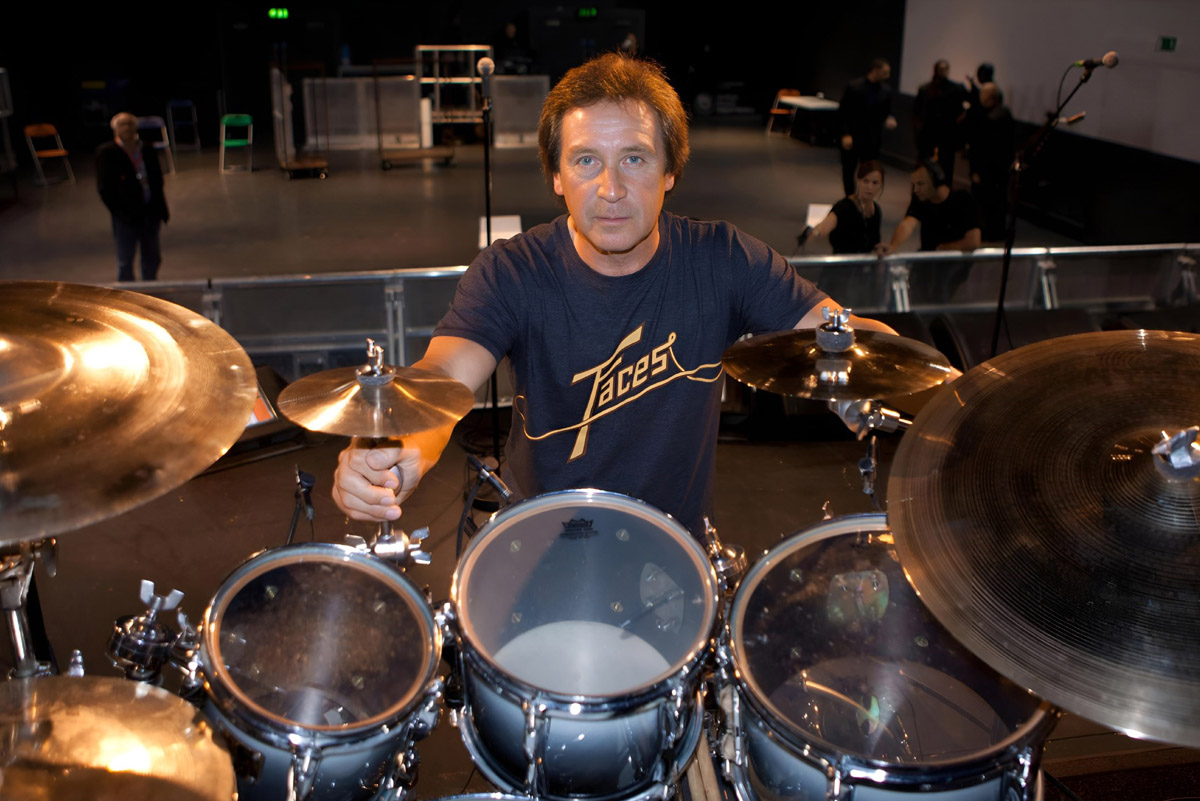
Much of the work of the 60s collective was taken from British bands Ocean Colour Scene и Led Zeppelin. Also the style of The Small Faces has had a tremendous influence on UK pop music, most notably on the Brit-pop of the mid-'90s. Oasis, Blur and Pulp followed in their footsteps.



